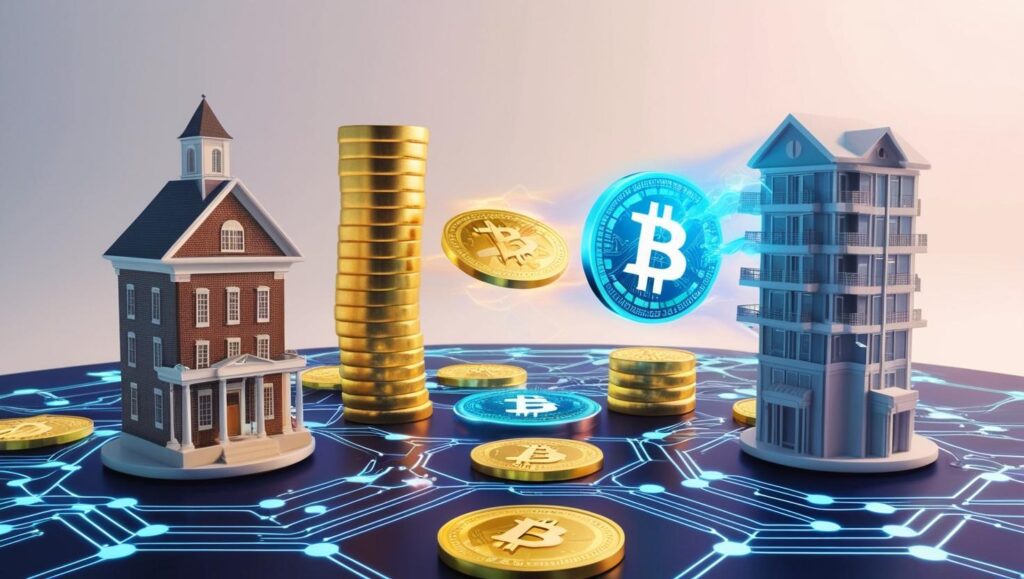Real-World Assets (RWA) refer to physical or financial assets that exist in the real world, such as real estate, gold, stocks, bonds, and other tangible or intangible value assets. With the growing development of blockchain technology, the digitalization of RWA has become a trend. By tokenizing these traditional assets on the blockchain, investors not only gain a more efficient and transparent trading experience but can also seamlessly exchange and finance assets on decentralized platforms. The combination of RWA digitalization and blockchain is transforming the traditional financial system and opening up new possibilities for digital currencies and the blockchain ecosystem.
What Are RWAs?
RWAs are investment assets tied to real-world assets. These assets can be physical assets (such as real estate, jewelry, or artwork) or financial assets (such as company shares, bonds, currencies, etc.). Unlike assets in traditional financial markets, RWAs are typically not directly tradable on digital platforms, requiring a process of “digitization” for tokenization, transfer, or trading.With the help of blockchain technology, RWAs can be tokenized into digital tokens that represent ownership or partial interest in real-world assets. For example, ownership of real estate can be represented by issuing tokens that correspond to shares in property, allowing investors to purchase these tokens and indirectly own a portion of real estate.
The Digitalization of RWAs and Blockchain Technology
Asset Tokenization: The Power of Blockchain Transformation
Tokenization refers to the process of converting real-world assets (such as real estate, gold, etc.) into digital tokens and deploying them on a blockchain network. Through this process, traditional assets are transformed into “digital replicas” on the blockchain, allowing them to be fragmented, traded, and even transferred across borders. Each token represents ownership or an interest in one or more real-world assets, breaking many of the limitations inherent in traditional asset trading.For example, tokenizing real estate allows investors to participate in the real estate market without the need for substantial capital. They can purchase tokens representing a specific real estate project, rather than buying an entire property. This method not only lowers investment barriers but also makes real estate transactions more flexible and transparent.
Decentralization: Removing Intermediaries and Enhancing Transparency
One of the core advantages of blockchain technology is decentralization, meaning that transactions on the blockchain do not rely on any intermediary institutions. Traditional asset trading typically requires intermediaries such as banks, governments, or lawyers to perform tasks such as verification and settlement, which can be time-consuming and costly. On the blockchain, all transactions are verified by nodes in a distributed network, ensuring fairness and transparency.Furthermore, due to blockchain’s immutable nature, all transaction records are permanently stored, and anyone can access them. This transparency effectively reduces fraud and human errors, enhancing the security and traceability of asset transactions.
Enhancing Liquidity: Making Traditional Assets More Tradable
Traditional real-world assets (such as real estate, artwork, precious metals, etc.) often suffer from low liquidity, meaning that investors may face long waiting times and high transaction costs when attempting to liquidate their investments. Through tokenization, assets can be divided into smaller units, allowing investors to participate with smaller amounts and buy or sell them on digital platforms at any time.For example, with platforms like OSL that support compliant tokenization, assets like real estate or gold can be quickly transferred and traded on the blockchain, offering higher liquidity than traditional financial markets. This change allows investors who were previously limited by capital or market access to more easily enter high-value asset markets.
Cross-Border Investment: Breaking Geographical Barriers
The global nature of blockchain technology means that the tokenization of RWAs can facilitate not only domestic investments but also cross-border investments. Traditional financial markets are often constrained by regional regulations and high transaction fees, but on the blockchain, global investors can participate in asset trading without barriers. By tokenizing assets, they can be swiftly transferred to global markets, allowing investors from anywhere to participate equally, reducing the inconveniences posed by geographical limitations.
Applications of RWAs
-
Real Estate Tokenization Real estate is one of the most typical applications of RWA. Through blockchain technology, real estate can be tokenized, allowing investors to enter the real estate market with lower capital requirements. For example, a real estate project can issue tokens representing shares in the project, and investors can purchase these tokens indirectly to own a portion of real estate. Investors can benefit not only from the appreciation of real estate but also from the liquidity gained through token trading.
-
Gold and Precious Metals Gold and other precious metals are traditional value-storing assets. By tokenizing gold and other precious metals, investors can trade and hold these assets easily without physically storing the metal. For example, tokenized gold has made gold trading simpler, enabling small investors to participate in the gold market.
-
Art and Rare Collectibles Art, rare collectibles, and other high-value items can also be tokenized on the blockchain, addressing the high entry barriers and low liquidity in traditional art markets. Tokenization makes art investment more accessible, allowing investors to participate in high-value art investments with smaller amounts of capital.
-
Bonds and Stocks Traditional bond and stock markets can also be transformed through blockchain technology. By tokenizing bonds, equity shares, and other financial assets, investors can engage in automated trading and settlement through smart contracts. Unlike traditional financial markets, these tokens can be traded globally in real-time on blockchain, improving market liquidity.
Challenges and Prospects for RWAs
Despite the opportunities that digitalizing RWAs brings to investors, there are still challenges, particularly in areas such as legal and regulatory frameworks, market acceptance, and technological stability. The legal frameworks differ across countries and regions, and ensuring that tokenized assets comply with various national regulations remains a challenge.However, as blockchain technology matures and global regulatory environments evolve, the prospects for RWA tokenization are promising. It may become an essential innovation in the financial sector, breaking down traditional asset trading barriers and providing global investors with more diversified, flexible, and efficient investment opportunities.
Conclusion
The digitalization of RWAs is transforming the traditional financial system, with blockchain technology providing a more efficient, transparent, and decentralized solution for asset trading. Through tokenization, investors can easily access traditional asset markets such as real estate, gold, and art, while also engaging in cross-border investments. Despite facing challenges in legal, technological, and market acceptance areas, the future of RWAs remains full of potential, likely to play a crucial role in the integration of blockchain and traditional finance.


